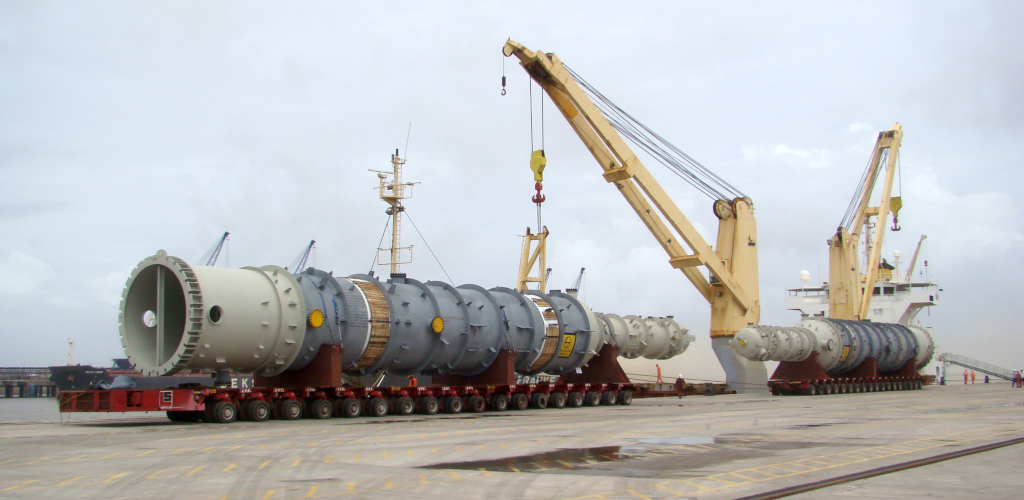“Make In India” Initiative Lures Investment to Nation's Manufacturing Sector

By Dharmendra Gangrade
From Issue 4, 2024 of Breakbulk Magazine.
_3.jpg?width=225&height=225) Following the 2024 elections, which will see Narendra Modi continuing to lead India as prime minister for a third consecutive term, the country is destined for accelerated economic growth on the back of ongoing and upcoming transformative infrastructure projects.
Following the 2024 elections, which will see Narendra Modi continuing to lead India as prime minister for a third consecutive term, the country is destined for accelerated economic growth on the back of ongoing and upcoming transformative infrastructure projects.
In recent times, India’s faster economic expansion has put the project logistics industry on a higher growth trajectory, supported by the government’s investment focus in large-scale infrastructure development, which includes roads, rail, waterways, ports and airports. The “Make in India” initiative is attracting huge investment in the domestic manufacturing sector and, in many ways, India is in a sweet spot as a global manufacturing hub as many companies are increasingly opting for a “CHINDIA” (“China and India”) sourcing strategy to secure supplies.
In this growing landscape of Indian infrastructure and logistics, it is true that the role of legislative change is often understated yet crucial. In the last eight years, the government has introduced a number of transformative legislations and initiatives which have benefited the logistics sector.
The impact is evident in various indexes and parameters. India’s global standings have improved India’s ranking in the Logistics Performance Index from #54 in 2015 to #35 in 2023, indicating a better global logistics profile, and, during the same period, the Ease of Doing Business Rank improved exponentially from #132 in 2015 to #63 in 2023.
Given the significant development in road and rail infrastructure, simplified tax structure, world class logistics parks and digital transformation of many regulatory processes over the last decade, it is highly unlikely that India’s logistics cost will remain at the historic levels of 13-14% of GDP.
The government has awakened to this, and rightly so. The Department for Promotion of Industry and Internal Trade (DPIIT) plans to engage the National Council of Applied Economic Research (NCAER) to conduct a primary survey to assess cargo movement patterns and the cost of logistics for each component involved.
This proposed survey will help shed light on logistics cost per tonne per kilometer on each of the routes under consideration, and the differential in logistics costs across routes, modes, products, types of cargo and service operations.
Additionally, on a comparative note during the period between 2015 and 2023, many other performance parameters have shown significant improvement in their index or ranking, such as Average Project Completion Time (Months) reduced to 36 months from 48, Customs Clearance Time (Days) reduced to 3 days from 5.5, Project Cost Overrun due to Logistics from 20% to 12%, and so on.
With so much simultaneous development covering all aspects of the economy, India is poised to be the world’s third largest economy by 2027. Needless to say, India will also strengthen its position for manufacturing via the “Make in India” strategy in the years to come.
Dharmendra Gangrade is head of the logistics management center for Larsen & Toubro Limited (known as L&T) and a member of the Breakbulk editorial advisory board.
TOP PHOTO: Larsen & Toubro columns at Hazira Port, India. CREDIT: Larsen & Toubro
